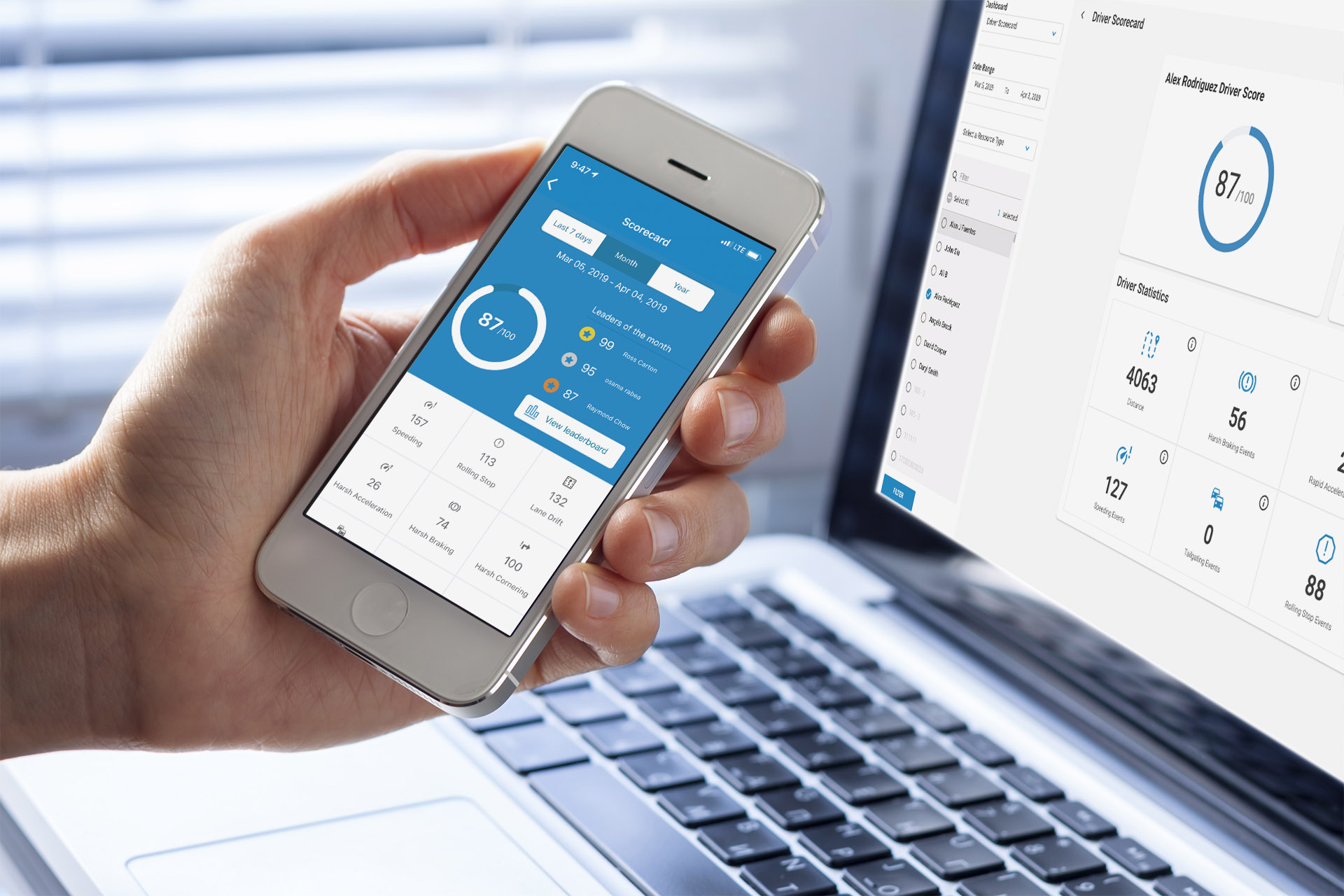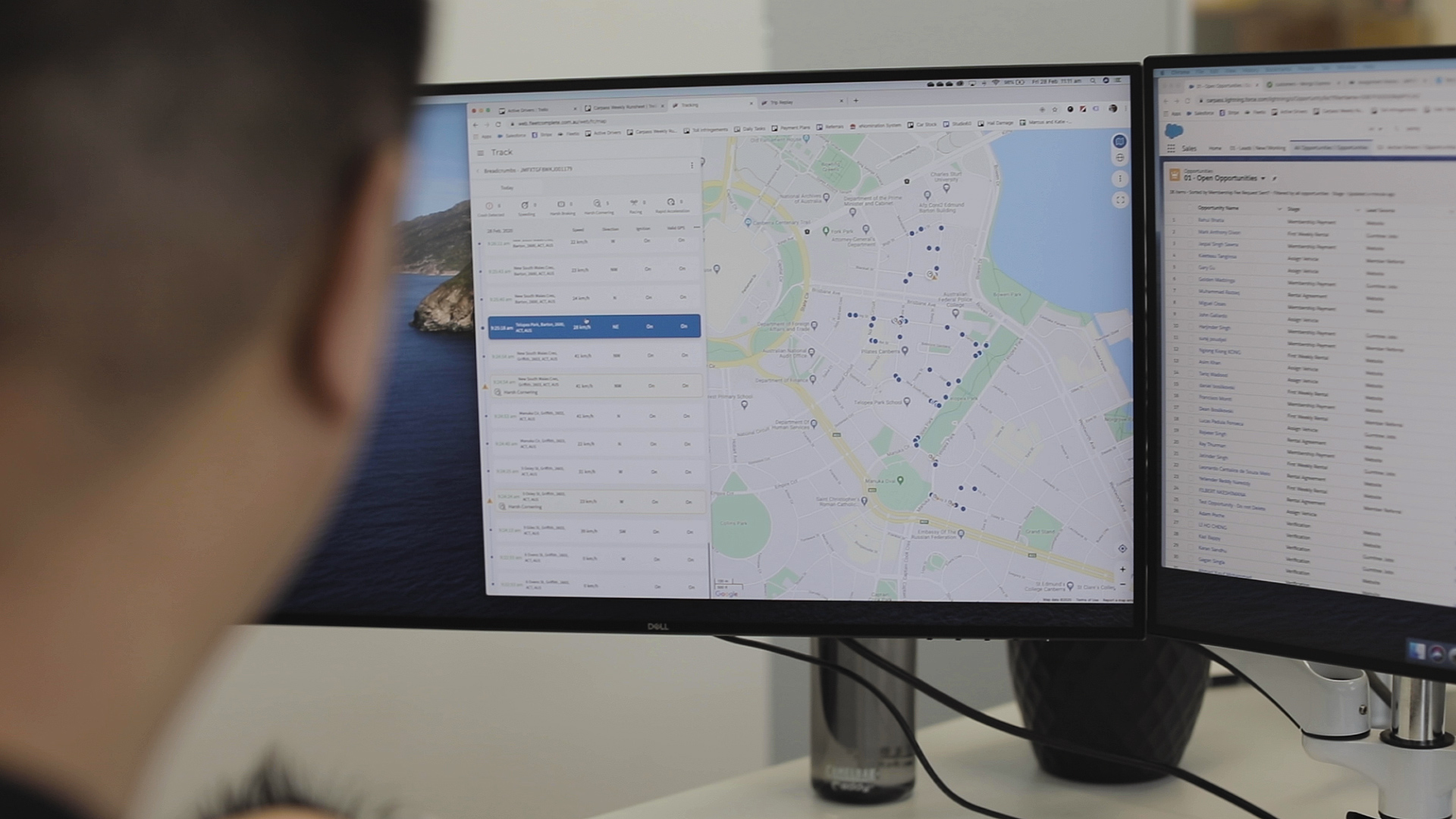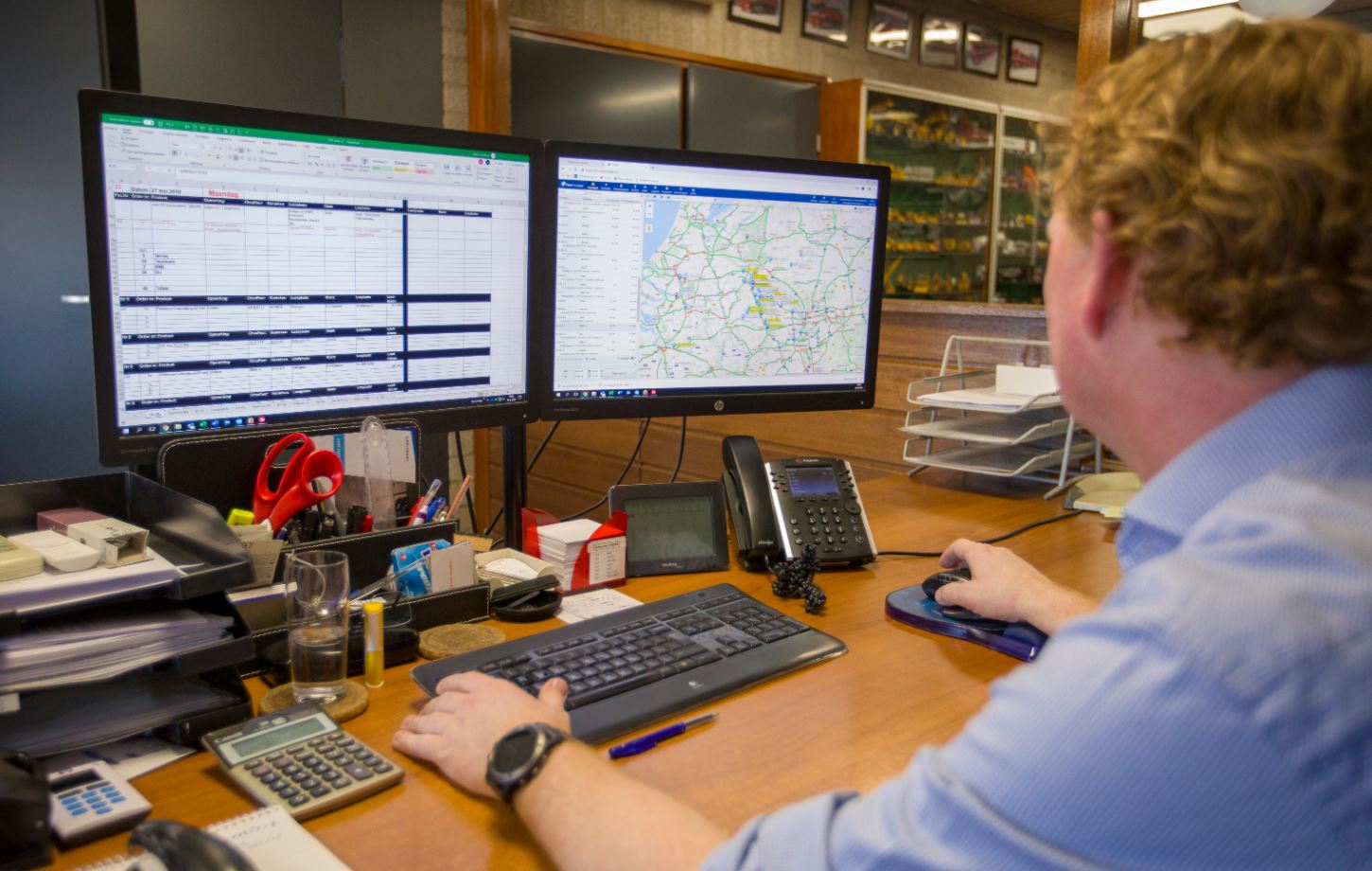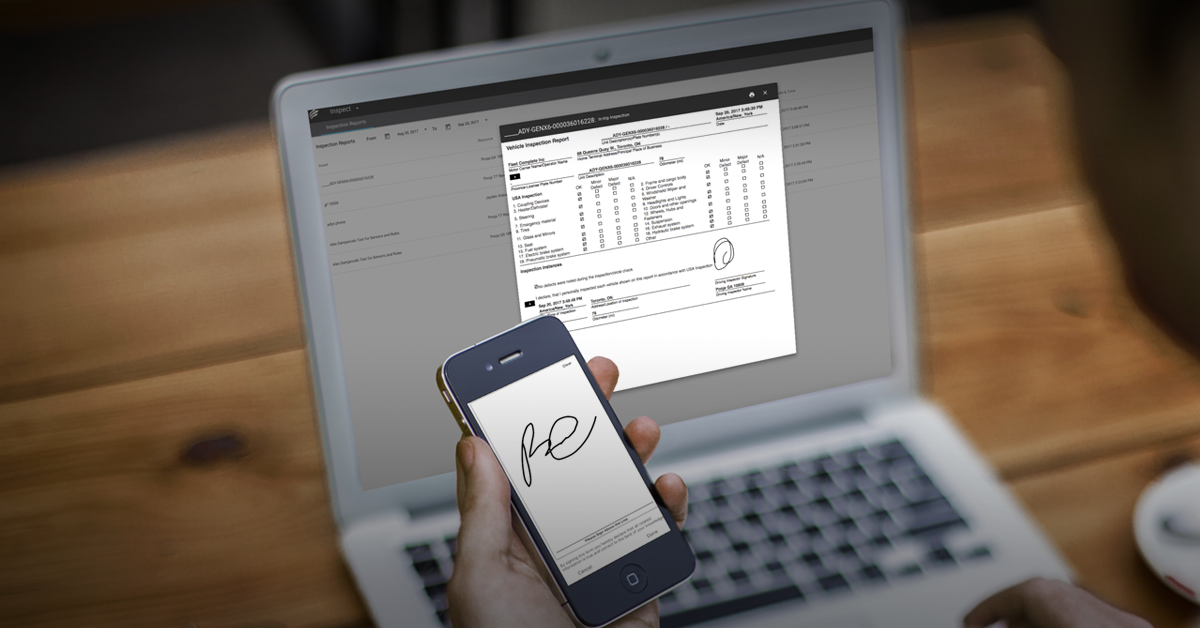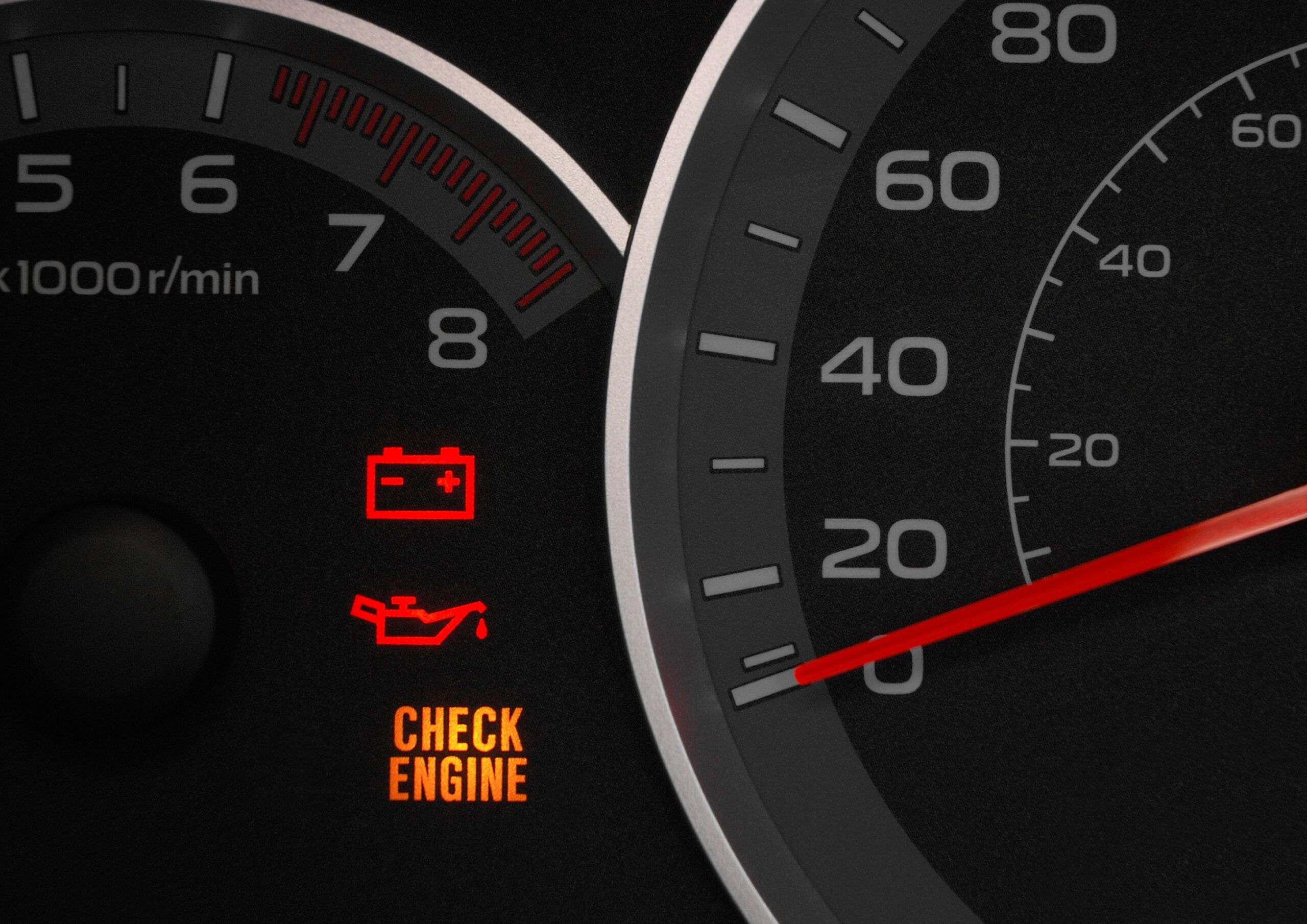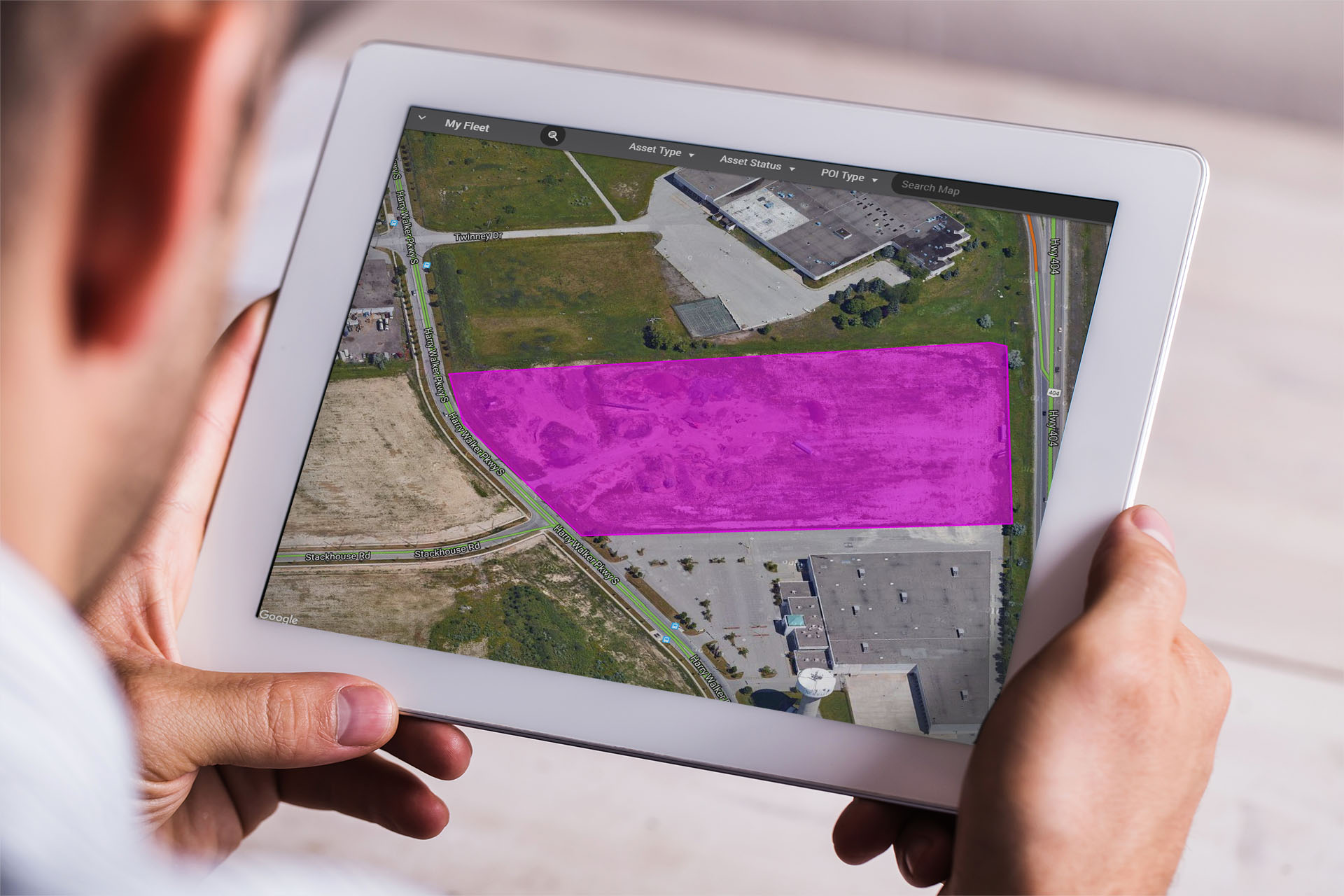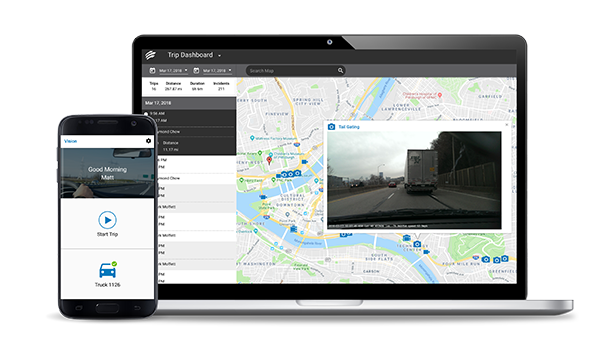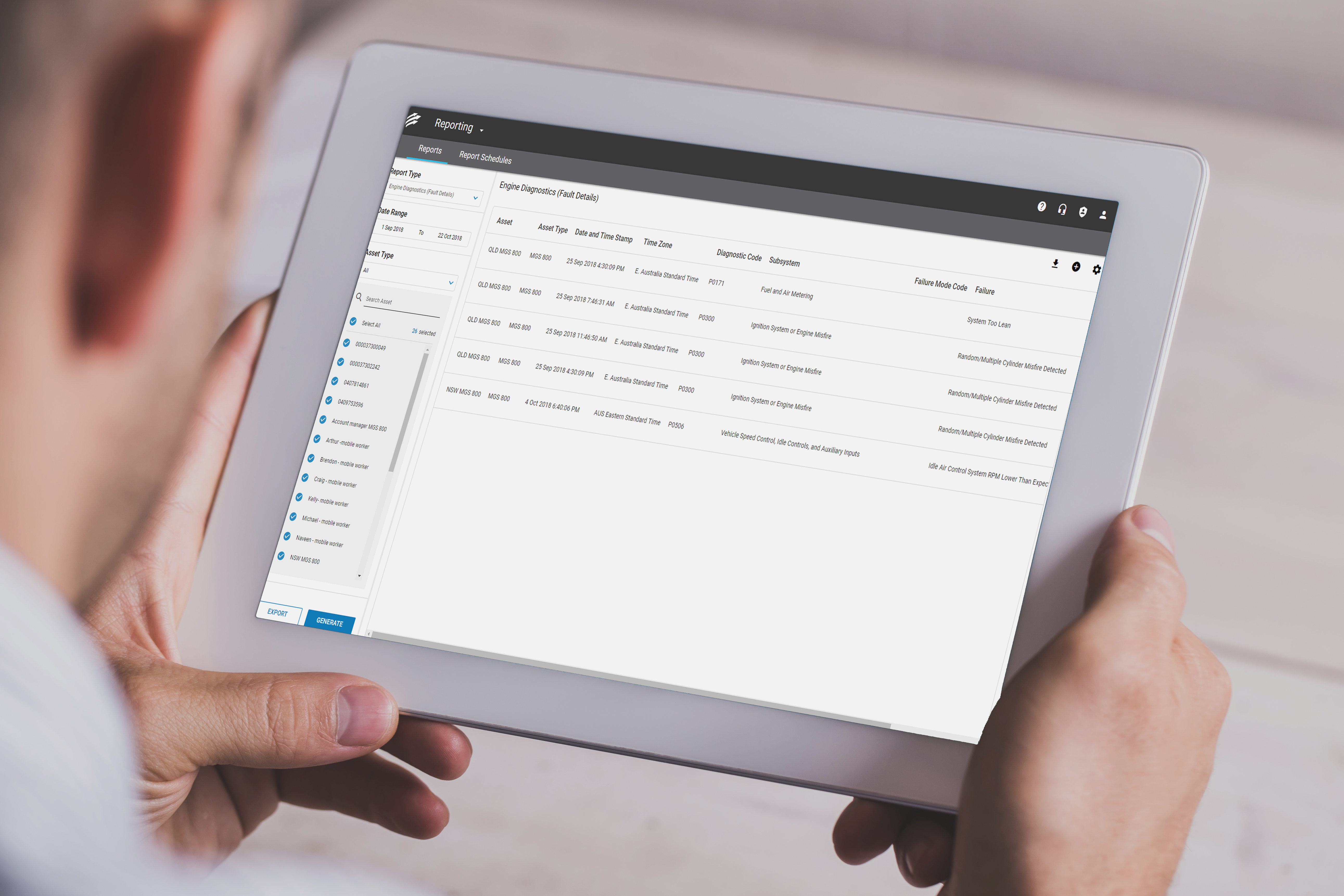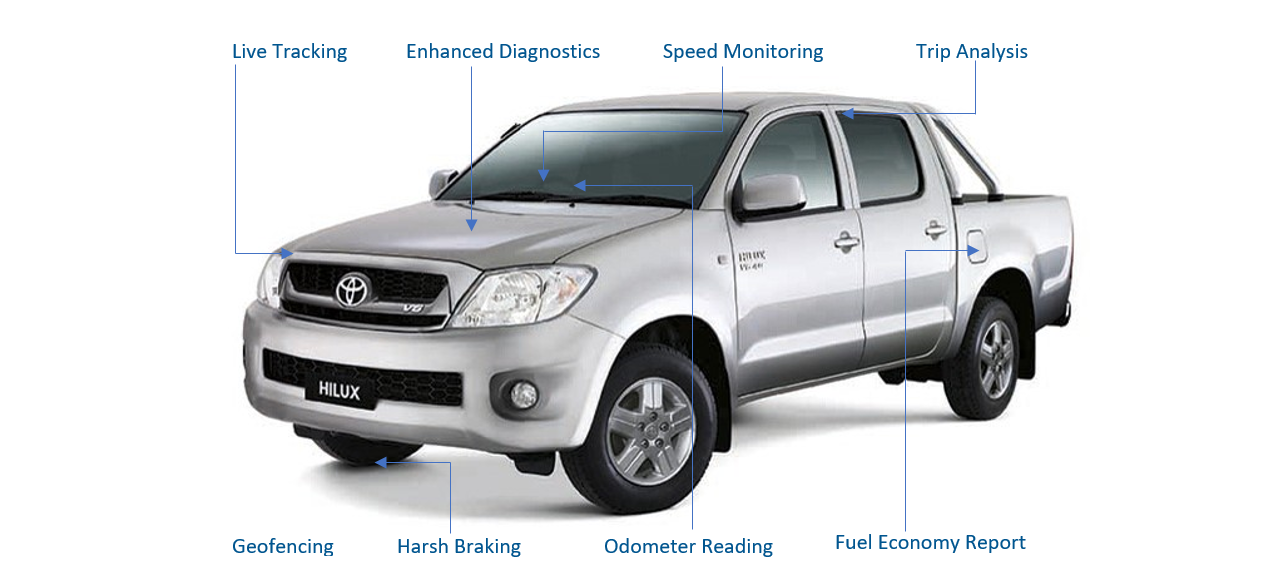In the transportation industry, we place a lot of emphasis on the importance of physical health and driver safety awareness. While physical health examinations and driver safety programs are necessary, these programs should also factor in the driver’s mental health, since an individual’s wellbeing is highly dependent on their state of mind.

Unfortunately, driving can be a lonely profession. According to FleetOwner, the lack of interactions with others can lead to feelings of isolation and loneliness, which can not only affect our mental wellbeing but can lead to burnout, an impaired immune system, arthritis and heart disease. That’s why it’s important you regularly check-in with your drivers to see if they’re okay. Below are 4 tips to help you ensure your drivers have a positive and healthy mental state while on the road.
1. Take Regular Breaks
While it can be tempting for drivers to push through and stay behind the wheel to get to their destination as fast as possible, driving without regular breaks can be exhausting, tiring and dangerous. You should strongly encourage your drivers to pull over and stop when necessary.
This can be as simple as stepping outside and going for a walk at a nearby park for five-minutes, taking a half-hour lunch break, calling an old friend or loved one or even spending 10-20 minutes cleaning their vehicle. These breaks are a great change of pace that can help your drivers relax and de-stress.
2. Stick to a Routine
Driving often involves many long and gruelling hours on the road. One of the best things you can do for your drivers is to help them stick to a schedule and establish habits while they’re on the road.
Spending most of their time behind the wheel doesn’t mean your drivers can’t establish a routine and stick to it. Even the simple act of eating breakfast every morning before they get on the job is a great way for drivers to establish structure and familiarity. We recommend encouraging a routine that includes adequate rest time, exercise, a healthy diet, good grooming habits, keeping the mind active and making the most of their downtime.
3. Know Your Limits
It’s important for all of your drivers to recognise their physical and mental limits. To help with this, equip your team with an Electronic Work Diary (EWD) to track their hours and ensure they operate within the Australian Standard Hours of Service regulations. Keeping track of work hours is vital to ensure your drivers are well-rested and ready for the next shift.
As for mental and emotional needs, according to psychotherapist Edy Nathan, it’s important for drivers to listen to cues when they’re reaching a certain threshold. “I’m sure that some drivers ignore it because they’ve got things they have to be doing and places they need to be… they’ve got time restraints, and maybe they’re driving at night, so perhaps there’s also sleep disorientation. They ignore the cues, and when they ignore the cues, there’s danger. That loneliness then moves into depressions, grief or losing a sense of the self,” he said.
To combat the problem Nathan recommends to drivers that “When the thought comes into your brain, ‘Oh let me call my wife or let me reach out,’ stop and do it. Don’t ignore it. Don’t try to push through it. Don’t try to pretend like it doesn’t exist.”
Encourage your drivers to practice self-care by having regular contact with their friends and loved ones. Your organisation should also invest in mental health resources, potentially enlisting the help of a third party to address your drivers’ mental health. This can involve incorporating driver counselling to make sure fleet managers and supervisors have training from mental health professionals as well.

4. Take a Nap
According to the Sleep Foundation, taking a nap is a great way to sustain your energy through the day, stay awake on the road and combat drowsy driving. They recommend either taking a pre-drive nap or, if you’re feeling drowsy during driving sessions, taking a short nap of 20 minutes to help clear the mind.
With 1 in every 5 Australians suffering from a mental illness, it’s important to help improve the mental wellbeing of your drivers. Being a driver can be mentally taxing, but it doesn’t have to lead to mental burnout.
One of the best things you can do is recognise that mental health is just as important as physical health.
As Mona Shattell, the associate dean for faculty development at John Hopkins School of Nursing puts it, “Without mental health, you can’t have physical health.”
By encouraging your drivers to take regular breaks, stick to a consistent routine, develop awareness of their limits and take naps, you can help them improve their mental health while on the road. To see how technology can positively influence your drivers’ mental health, learn more by requesting our Fleet Complete demo.
































































